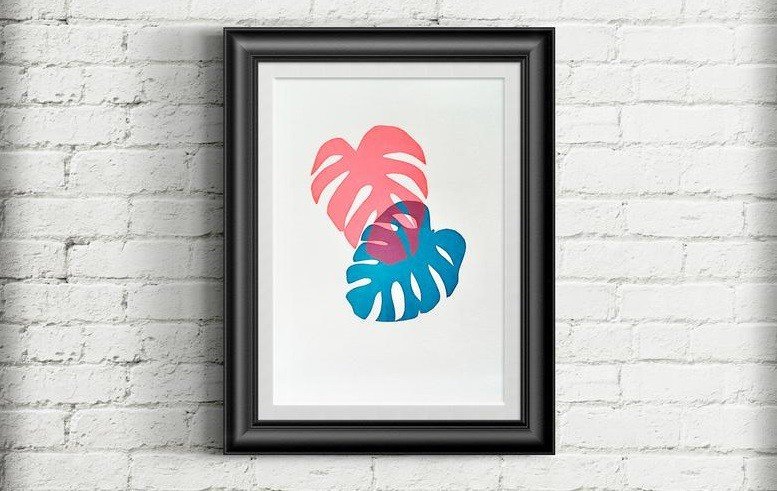
Polished concrete floors, brass or bronzed accents, plain walls, soft lighting, some sort of Millennial pink feature and perhaps even a Monstera plant. Nowadays we are seeing progressively more designs pop-up reflecting these trends.
The Pinterest worthy array of retail stores can be defined by the life cycle of a trend. From the innovators to the decline, our stores are falling in the middle somewhere around late majority vs laggards.

When a trend is in its early stages, it is called the introductory stage. This stage is most likely where our Kiwi market got a look into international trends, that would already be in the early majority phase, and copied them. Due to our small population and geographical location, trends take longer to reach us, and usually must be introduced by someone representable for it to move from fad to fashion.
The trend of Millennial pink came into the limelight in 2015, as seen on runways and moving quickly into design and architecture. Yet was adopted into New Zealand stores heavily in 2017, growing even now. The pink itself can be traced back to early 2000’s in the way of Juicy sweatpants and Von Dutch trucker hats.

Lonley Lingerie vs Trelise Cooper
Polished floors and brass accents can be traced back into early luxury stores, such as Louis Vuitton, Gucci and Dior, each which sported the design in high street locations as early as 2002. Simple accents are good for changing collections, as fashion usually is. Yet gold, bronze and even the occasional rose gold fittings are having a moment even in less luxury stores, possibility to still implement the feeling of luxe.

Dior pop-up
As for the Monstera plant, that trend hit our shores hard and fast, leaving no survivors. Suddenly Henry Matisse’s favourite plant, presumably, was everywhere from store designs to branding. The swiss cheese of the plant world has now become ubiquitous across fashion, retail, and branding.

Monstera store
From being a background staple in the 70’s, the plant has become the main focus starting its rapid climb around 2015. The Monstera these days isn’t just for fashion brands, though. Shoppers can now easily incorporate the leaf into their lives: Head on over to Etsy, where an entire Monstera ecosystem has popped up. A search for the leaf yields more than 713,000 results.

Aesop vs Blush Flowers
As a trend grows, it reaches full maturity, where its popularity will reach its peak. Yet as a trend reaches maximum maturity, those looking to branch out from what is now ‘common’ will look for inspiration elsewhere, thus birthing a new wave of introducers.

Following a trend is in no way a bad thing, trends are as such because people like them and can identify with them. Creating a store, you know people will like is a safe way to do business and taking risks doesn’t always pay off. Retailers live in a world where fashion trends eb and flow, and some may last longer than others, this can be translated back to the trends they follow for their stores.
As a trend starts to decline it phases out, slowly entering the zone of obsolescence, where it will eventually be forgotten past the last few who still implement it in designs.




